In the final months of 1914, medical officers on the Western Front began seeing a new kind of casualty. Soldiers who had no physical injury were displaying a wide range of alarming symptoms. Some appeared to be completely dazed or were shaking uncontrollably, others had lost their sense of taste or smell, or were suffering from blindness, mutism and various kinds of paralysis.
Already a subscriber? Log in
Subscribe for just $2 a week
Try a month of The Spectator Australia absolutely free and without commitment. Not only that but – if you choose to continue – you’ll pay just $2 a week for your first year.
- Unlimited access to spectator.com.au and app
- The weekly edition on the Spectator Australia app
- Spectator podcasts and newsletters
- Full access to spectator.co.uk
Unlock this article
Available from the Spectator Bookshop, £25 Tel: 08430 600033. Peter Parker is the author of The Last Veteran: Harry Patch and the Legacy of War, as well as biographies of J.R. Ackerley and Christopher Isherwood.
You might disagree with half of it, but you’ll enjoy reading all of it. Try your first month for free, then just $2 a week for the remainder of your first year.

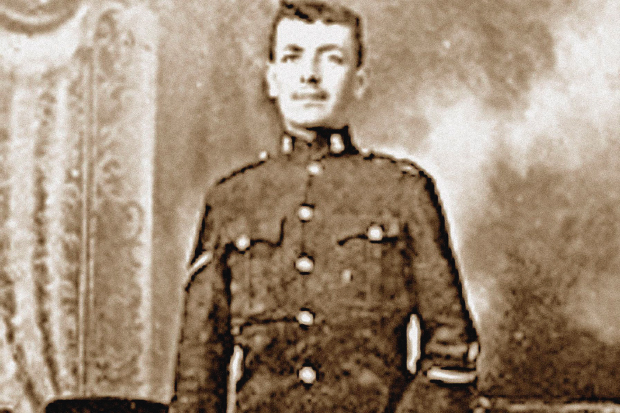
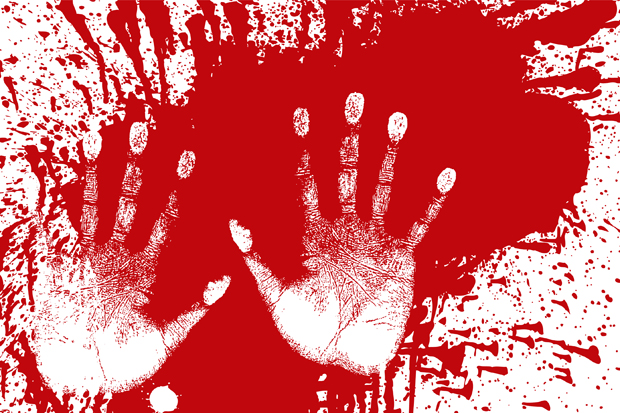

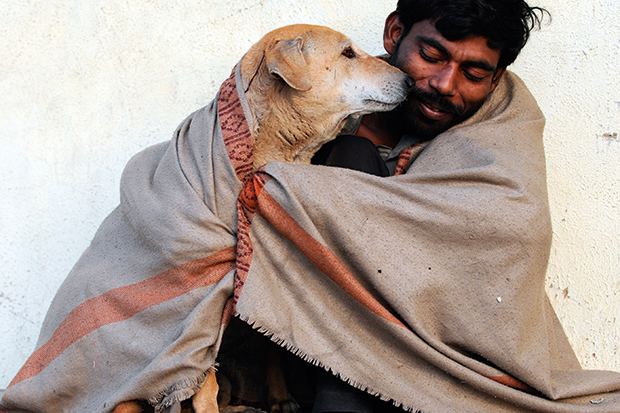

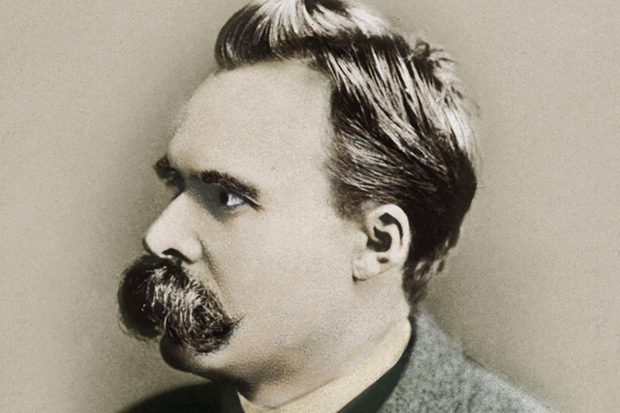
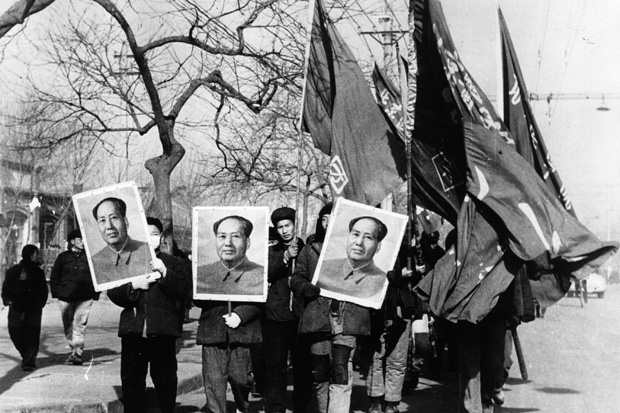






Comments
Don't miss out
Join the conversation with other Spectator Australia readers. Subscribe to leave a comment.
SUBSCRIBEAlready a subscriber? Log in